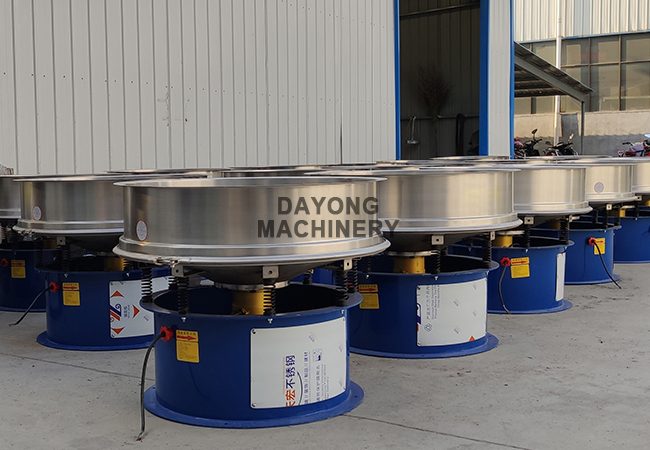Different Use 0f Ceramic Vibrating Screen With Different Screening Meshes
The scope of application of ceramics is very wide. And the meshes of the screen required in different places are not the same, so what is the connection between the ceramic production line and the vibrating screen?
Ceramic production lines are generally divided into dry and wet methods. The dry production line is often used in the ordinary ceramic industry: ball milling-sieving-spray drying-compression molding-glazing-firing and other main steps. Use a ball mill to grind the material for 12-13 hours, and then the material enters the sieving stage. For ordinary square tiles, the material is not required to be sieved, generally 40 meshes, for rough sieving; while some high-grade bricks are sieved. The mesh number requirement is generally 80 mesh, or even 120 mesh. Different screen meshes have different service life, and the difficulty of sieving is also different. The higher the screen mesh, the finer the screen, so the screening is more difficult.
Of course, in the ceramic production line, the vibrating screen plays a very important role, and the quality of the screening directly affects the color and brightness of the tiles.





 (Live chat)
(Live chat)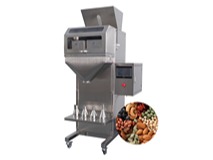
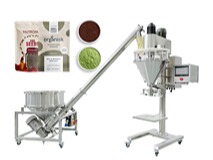
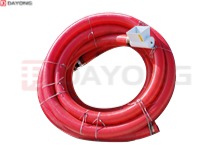
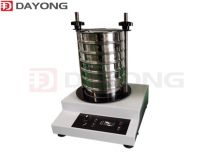
_213x160.jpg)

 +86-373-3669005
+86-373-3669005 sale@dyvibratingscreen.com
sale@dyvibratingscreen.com +86-373-3669006
+86-373-3669006 From West Room 5, 1st Floor, Building 18, Huilong Yangguang Mingyuan, New District, Xinxiang, Henan, China (Mainland).
From West Room 5, 1st Floor, Building 18, Huilong Yangguang Mingyuan, New District, Xinxiang, Henan, China (Mainland). Your Position:
Your Position:.jpg)
